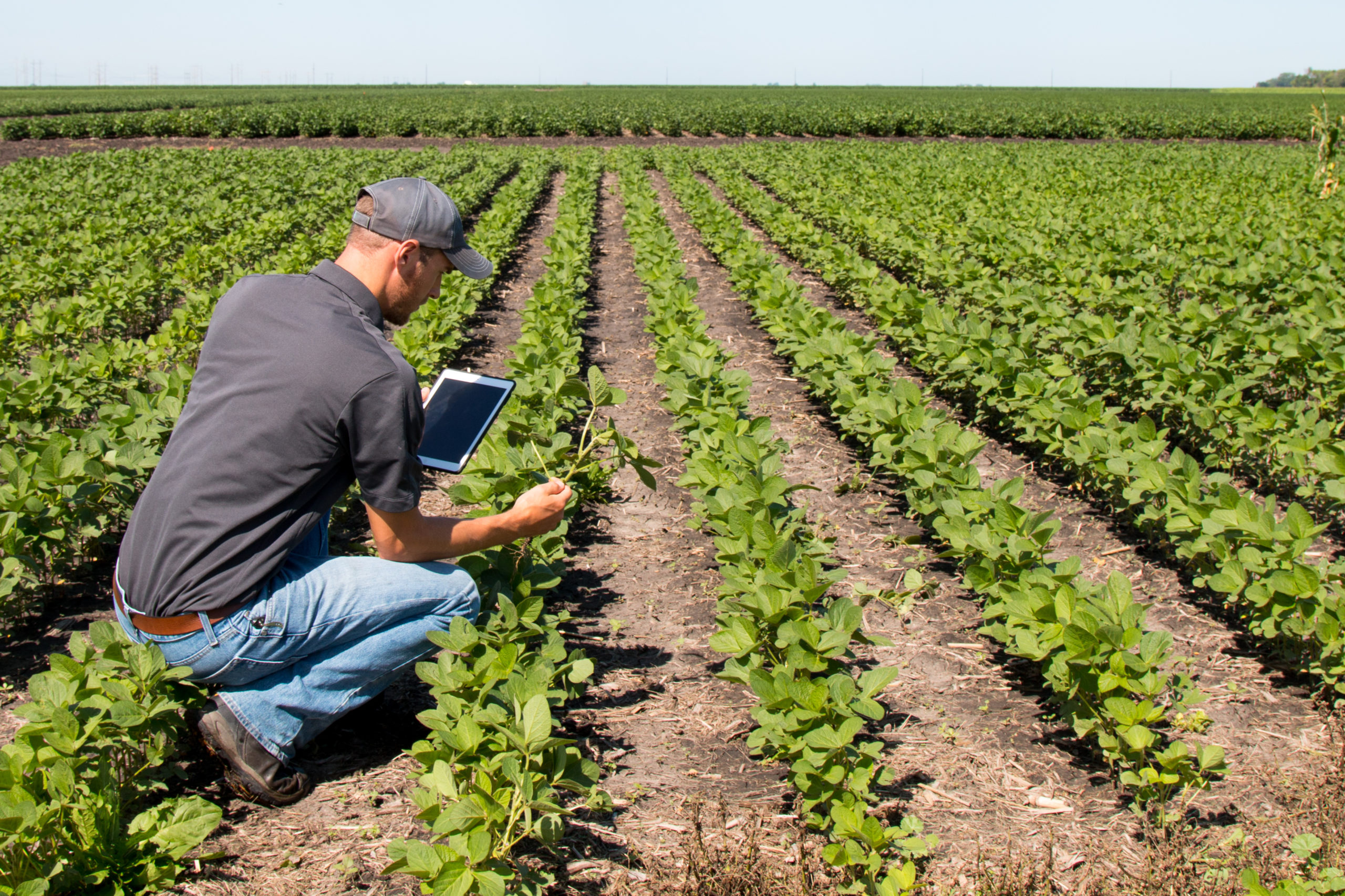The world’s cultural heritage is under threat. Every year, more ancient buildings and monuments are lost to natural disasters, warfare, and plain old wear and tear. The World Monument Fund currently lists over 800 culturally important sites that are under severe threat of damage or destruction. While we may not be able to save all of these monuments in their physical form, we can preserve them virtually for posterity. We now have the technology to create detailed 3D models of ancient architecture which can be examined and explored years after the original sites have disappeared. Here’s how it works.
Open Heritage
Earlier this month Google Arts and Culture announced that it was teaming up with non-profit organisation CyArk (short for Cyber Archive) in order to launch the Open Heritage project. The project offers users a downloadable catalogue of over 200 monuments on all seven continents which can be explored using VR or a conventional internet browser. This is part the ever-growing selection of cultural archives on the Google Arts and Culture app, which also allows users to walk the halls of the world’s museums and even find historical portraits that resemble their selfies.
CyArk was founded in 2003 by Ben Kacyra after he watched the destruction of 1,500 year old Buddhist statues in Afghanistan by The Taliban. In a 2011 Ted Talk he said that CyArk’s goal is to employ state-of-the-art technology to ensure that “the collective human memory” isn’t lost. The organisation aims to catalogue 500 world heritage sites in the next five years.
How does it work?
Kacyra was one of the people who helped build the world’s first LiDAR scanner, a modelling device that uses airborne lasers to accurately map a territory. LiDAR works in a similar way to sonar and radar, sending out laser beams and then measuring how long they take to return. John Ristevski, chairman and CEO of CyArk describes the advantages of using LiDAR to map heritage sites:
“LiDAR is still is the most accurate method we have for capturing geometry and each point is accurate to about 5mm so we are able to build a very detailed surface model. The organic forms of many heritage sites are also hard to model so the application of LiDAR turned out to be a great fit and, combined with modern photogrammetry, can give us both accurate geometry and textures which are useful for a myriad of applications.”
The technology was put to the test in 2016 when an earthquake hit the city of Bagan in Myanmar shortly after CyArk had begun to map it. Hundreds of temples were damaged in the earthquake but CyArk was able to use the data it had collected to help Unesco and the Myanmar Department of Archaeology to assess the extent of the damage and begin conservation efforts. Chance Coughenour, a digital archaeologist working on the Open Heritage project describes this as a “best in class example of what you can do with this 3D data.”
A good back-up plan
The Open Heritage project is providing a valuable service to future generations by allowing them to experience cultural wonders that may soon be lost forever. Of course, we mustn’t allow this to make us complacent. A digital replica is no match for the real thing and we should do everything we can to preserve world heritage sites in their original form, whether it’s fighting climate change or trying to de-escalate global conflict. However it’s reassuring to know that, if all else fails, at least some part of our history will always be preserved.






